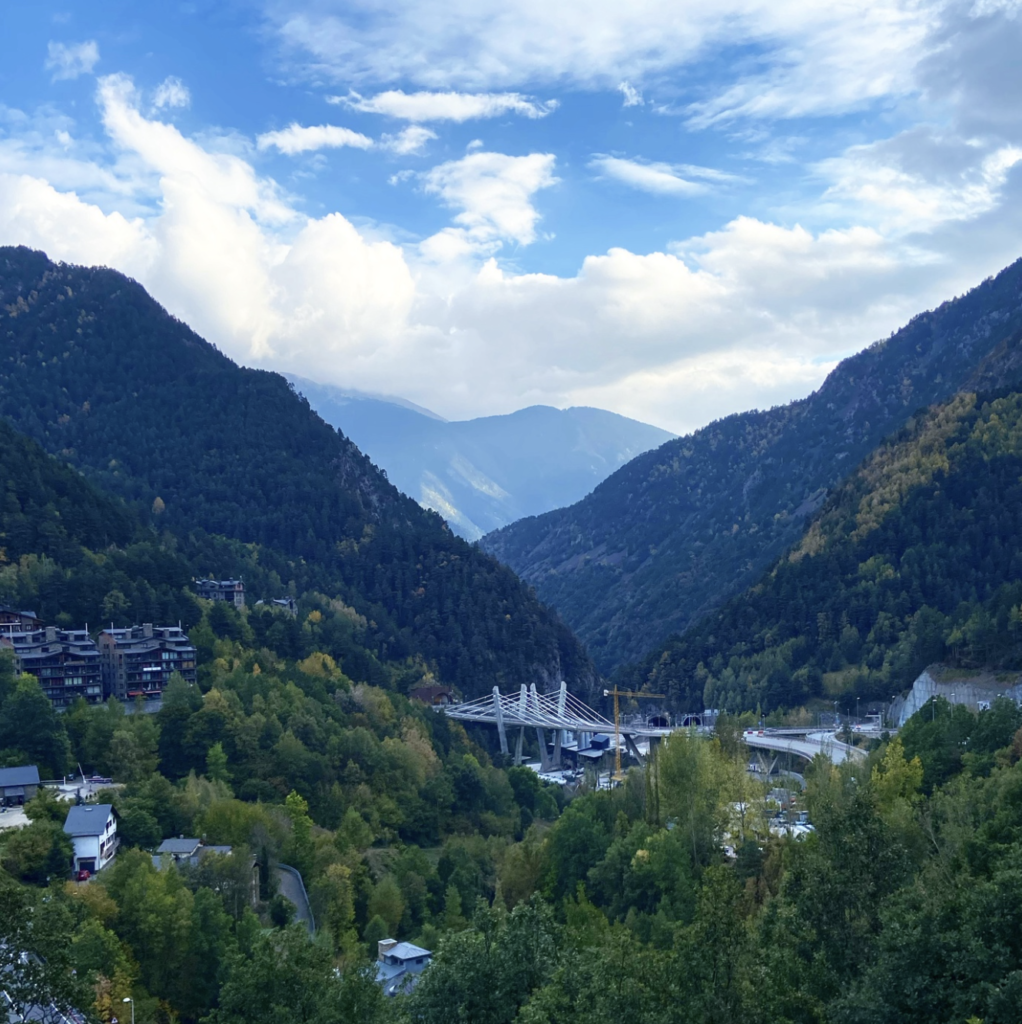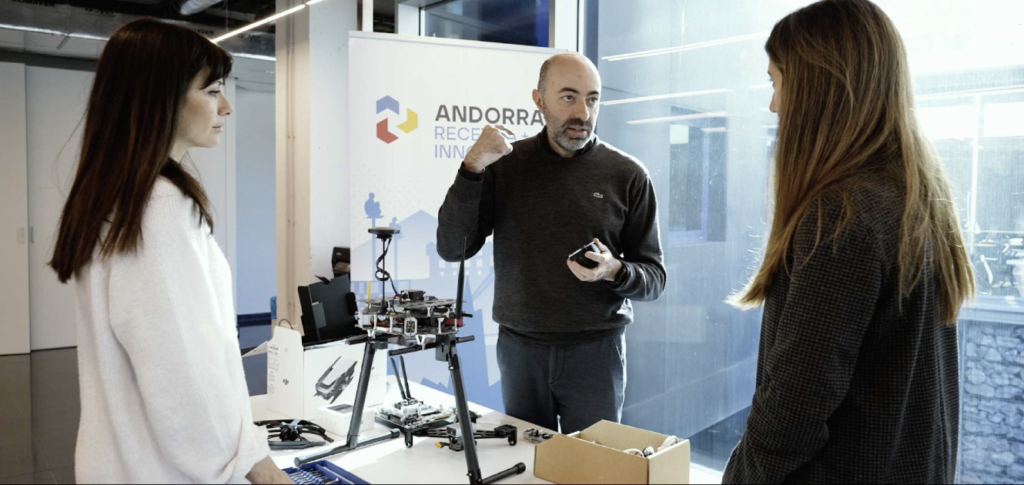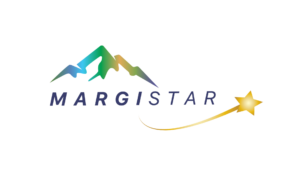By Theo Lynn (Dublin City University)
Andorra’s model, characterised by high levels of tourism, a highly attractive tax regime, and sustainable land and environmental management within a stable political framework, while desirable, would be complex to replicate. Any such strategy would need to consider the specific geographic location and topology of a given region as well as local nuances and context, not least the political, economic, socio-cultural, technological, legal, and environmental factors discussed above. It would require an unprecedented political will and unity to commit to a multi-government project over several decades. What might that roadmap look like?
In the MARGISTAR project, we have spent a lot of time considering the nature of marginalised mountainous areas. These areas are typically located within a mountain landscape and face social, economic, and infrastructural disadvantages compared to more accessible and developed areas. Rugged terrain, remote locations, and challenging climatic conditions all contribute to a complex tapestry of marginalisation. Economic activities are limited by the lack of arable land, difficult access, and the higher cost of transportation and communication infrastructure. Communities in marginalised mountainous areas often face limited access to education, healthcare, and other essential services, exacerbated by both depopulation and aging populations. Indeed, lower population densities combined with low economic activity and challenging terrains, often result in lower prioritisation for underlying infrastructure investment, thereby continuing a cycle of marginalisation. And while mountainous areas are rich in biodiversity and natural resources, they are also susceptible to the adverse effects of human behaviour, environmental degradation, natural disasters, and the impacts of climate change. Isolation is a defining characteristics of these regions both in terms of location, mobility, and politics.
Andorra is situated in a mountainous areas. It is not marginalised. The Principality of Andorra lies in the eastern Pyrenees, landlocked between France and Spain. Over 90% of Andorra’s 468 km 2 sits above 1,000 metres in altitude and is forested, making it one of the most densely forested countries in Europe. It’s population in tiny – approximately 80,000 people comprising Andorran nationals as well as significant numbers of Spanish, Portuguese, French, and other nationalities. Yet, despite its geographical and topological challenges, Andorra boasts a high standard of living and low unemployment rates. It has strategically leveraged its location, tourism, and banking within a stable political framework to become a wealthy economy. How have they done it? What can marginalised mountainous areas learn from Andorra?
A brief history of Andorra
Andorra is one of the smallest countries in the world by area and population and yet, despite being located between France and Spain, is also the 14th oldest country in the world (dating back to 803 AD). Andorra’s recorded history and independence goes back to Charlemagne, who granted the Andorrans a charter in recognition of their assistance against the Moors. Over four centuries, Andorran’s unique political structure evolved until was formalised in the 13th century through a series of treaties, the so-called Pariatges of Andorra, which established a co-sovereignty between the Bishop of Urgell in Spain and the Count of Foix in France. This political structure still exists today, where the princes of Andorra are the Bishop of Urgell in Catalonia, Spain, and the President of France. This shared power structure combined with its natural geographic isolation has helped preserve Andorra’s autonomy despite various European power struggles over the centuries.

During the Spanish Civil War and subsequent World War II, Andorra remained neutral, inviting refugees from all sides, and became a major smuggling route. Indeed, smuggling and limited arable agriculture and pastoralism made up the economy. After the war, Andorra’s neutrality, the development of the tourism and banking sectors, and its tax policies all contributed to economic expansion. During the post-war period and for most of the 20th century, Andorra maintained a banking secrecy law that made it an attractive location for depositing funds away from tax authorities while also offering nominal personal and corporate tax rates, which appealed to high-net-worth individuals and businesses seeking to minimise their tax liabilities. At the same time, it opened its borders and developed its tourism (driven by winter tourism and retail) and tobacco sectors, further transforming its economy.

In 1993, Andorra ratified a constitution that modernised its governmental structure while maintaining the co-principality arrangement. More recently, in response to international pressure, Andorra has begun to reform its banking sector and tax laws including the adoption of international standards on tax transparency and the abolition of banking secrecy laws.
Applying the PESTLE Framework to Andorra

Marginalisation in mountainous areas is multifaceted. The PESTLE framework – which examines political, economic, sociocultural, technological, legal, and environmental characteristics – provides us with a structure to explore Andorra’s winning formula and indicate a potential roadmap for marginalised mountainous areas.
| Factor | Analysis |
|---|---|
| Political | Andorra’s unique co-principality governance has provided long-term political stabilityAndorra is exploring an Association Agreement with the European Union that will strengthen cooperation and integration in areas such as trade, investment, and regulatory alignment, while maintaining its sovereignty and unique economic interests. |
| Economic | Andorra’s tax regime, with low personal and corporate tax rates, has attracted businesses and wealthy individuals seeking tax efficiency.While tourism is the cornerstone of the Andorran economy, it has diversified its economy beyond winter tourism and into banking and retail. |
| Sociocultural | Andorra’s tax regime, with low personal and corporate tax rates, has attracted businesses and wealthy individuals seeking tax efficiency. While tourism is the cornerstone of the Andorran economy, it has diversified its economy beyond winter tourism and into banking and retail. |
| Technological | Andorra has invested in telecommunications infrastructure, offering high speed broadband and mobile coverage throughout the country including free WIFI in urban areas for tourists. Roaming charges from tourists are reinvested in health and other services. Andorra has invested heavily in state-of-the-art technologies to support its winter tourism, including technologies for snowmaking, grooming, lift, and access technologies, as well as climate-related technologies, e.g., renewable energies and interventions to monitor and reduce the impact of the environment. See, for example, Andorra’s Snow Lab. |
| Legal | Andorra has adapted its legal framework to international norms, especially concerning banking secrecy and tax evasion. |
| Environmental | Andorra implements sustainable water use practices, ensuring the conservation and quality of its water resources through modern treatment facilities and hydroelectric power generation.Andorra practices sustainable forestry management, balancing logging with reforestation, and conserving biodiversity through protected forest areas to support both ecological health and tourism. The UNESCO Ordino Biosphere Reserve is a notable example of a living lab that acts as a focus for biodiversity conservation, cultural heritage preservation, and promoting sustainable development.Andorra focuses on renewable energy sources, particularly hydroelectric power, and promotes energy efficiency measures to reduce its carbon footprint and ensure sustainable energy use.Andorra invests in waste management and recycling programmes and invests and promotes ecotourism. |
Andorra: A Roadmap to Post-Marginalisation?
Andorra’s model, characterised by high levels of tourism, a highly attractive tax regime, and sustainable land and environmental management within a stable political framework, while desirable, would be complex to replicate. Any such strategy would need to consider the specific geographic location and topology of a given region as well as local nuances and context, not least the political, economic, socio-cultural, technological, legal, and environmental factors discussed above. It would require an unprecedented political will and unity to commit to a multi-government project over several decades. What might that roadmap look like?
1. Assessment and Planning Phase
- Evaluate the area’s current economic, social, environmental, and infrastructural status. This includes understanding the demographic profile, natural resources, existing infrastructure, and any socio-political challenges. Border areas and multi-lingual, multi-cultural areas may have greater success attracting and integrating foreign residents.
- Create a bipartisan plan for a region that can deliver a post-marginalised future vision address identified needs and leverage unique opportunities. This plan should be holistic, integrating economic development with environmental conservation and social inclusion.
2. Political and Administrative Reforms
- Empower local institutions by enhancing their capacity for decision-making and resource management. This will involve some degree of decentralisation, the promotion of participatory governance, and potentially some revenue-generating autonomy.
- Implement policies that encourage economic investment, repopulation, sustainable development, environmental protection, and social equity. This includes land use regulations, tax incentives for relocation and sustainable businesses, and frameworks for protecting vulnerable populations. This may include establishing a tax-free zone for residents or economic activity.
3. Economic Development and Diversification
- Like Andorra, develop the tourism sector by capitalising on natural landscapes, cultural heritage, and recreational activities, ensuring that tourism development is multi-seasonal, sustainable, and benefits local communities.
- Beyond tourism, support the development of diverse economic activities such as agriculture, renewable energy, and digital services that can thrive in mountainous contexts.
- Promote retraining and local employment in targeted economic activities and environmental and land management.
4. Technology and Innovation
- Encourage target regions to develop close links with national and international universities and companies and to establish such regions as living labs for targeted innovation. See Andorra Living Lab.
- Invest in region-specific technologies and innovation, including winter tourism and recreation technologies, energy and environmental technologies including renewable energy, smart grid, and water management technologies, and precision agriculture and smart forestry.
- Invest in high-speed broadband infrastructure to improve digital connectivity.

5. Environmental and Land Management
- Adopt practices that protect the environment while supporting economic activities, such as sustainable forestry, agriculture, and water management.
- Protect natural habitats and biodiversity through conservation areas and promote the sustainable use of natural resources.
- Where possible, retrain and employ local residents for environmental and land management activities.
6. Infrastructure and Accessibility Improvements
- Invest in critical infrastructure, including transportation, energy, water, and digital connectivity, to reduce isolation and support economic activities.
- Develop healthcare, education, and social services to improve the quality of life for residents and attract new inhabitants and businesses in target economic activities and environmental land management.
- Develop eco-friendly public transport options to improve accessibility while minimising the carbon footprint.
7. Social Inclusion and Community Engagement
- Ensure the active involvement of local communities in planning and decision-making processes.
- Implement programmes that address poverty, education, and health disparities, focusing on the inclusion of marginalised groups.
- Develop initiatives for integrating new residents into a community.
8. Attracting and integrating new residents
- Develop a plan to attract peer groups who have similar profiles and are likely to form deeper bonds with each other and the region, including families of similar ages and workers with similar backgrounds.
- Prioritise and establish language centres that offer courses in widely spoken languages, such as English, French, Spanish, or other languages pertinent to potential investor or tourist demographics.
- Facilitate cultural exchange programmes that allow locals and foreigners to learn from each other, fostering mutual understanding and language skills.
- Provide tax breaks, grants, or other financial incentives for foreign entrepreneurs, retirees, or professionals to settle and invest in the area. Provide support for businesses that could benefit from a multilingual workforce.
- Provide international schools or schools with curricula in multiple languages to attract expatriate families who value education in their native language.
- Organise community events and forums that encourage integration and cultural sharing, highlighting the benefits of a diverse, multilingual community.
- Actively market the region internationally, showcasing its linguistic diversity, quality of life, and the benefits of living there.
- Develop infrastructure to support remote working, attracting digital nomads who can contribute to the local economy and enhance the linguistic tapestry.
- Streamline the process for obtaining residence and work permits to make relocation as smooth as possible.
Nowhere is perfect, but certainly Andorra presents some lessons that marginalised mountainous areas can learn from. The MARGISTAR network is exploring many of these activities in greater detail and identifying exemplars of best practice. Watch this space!


